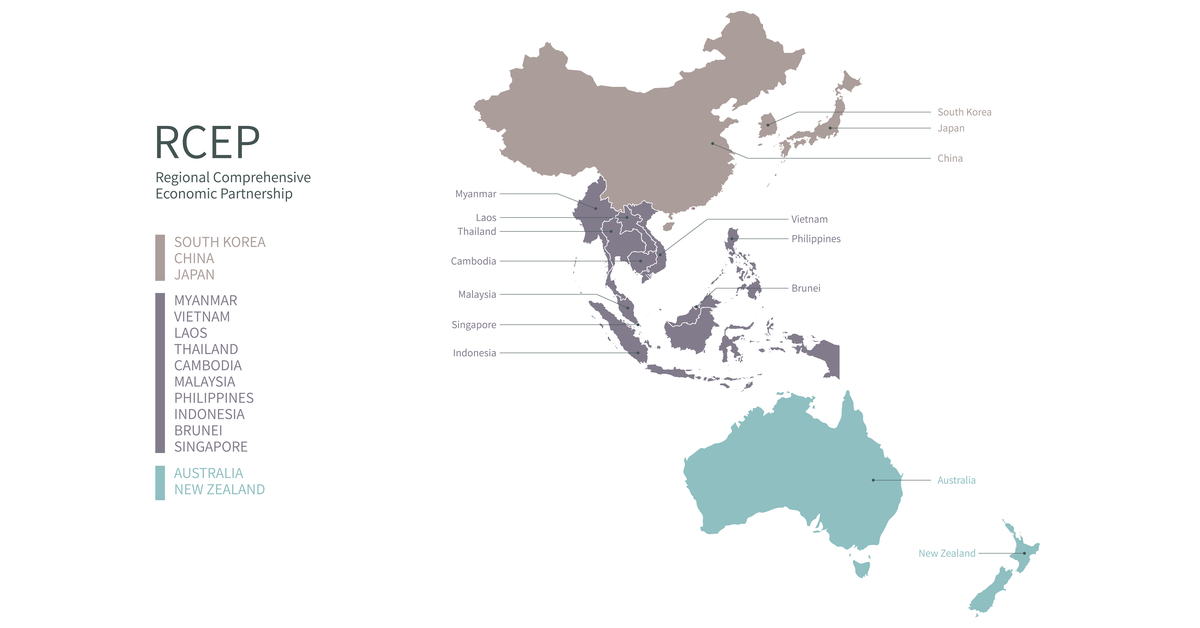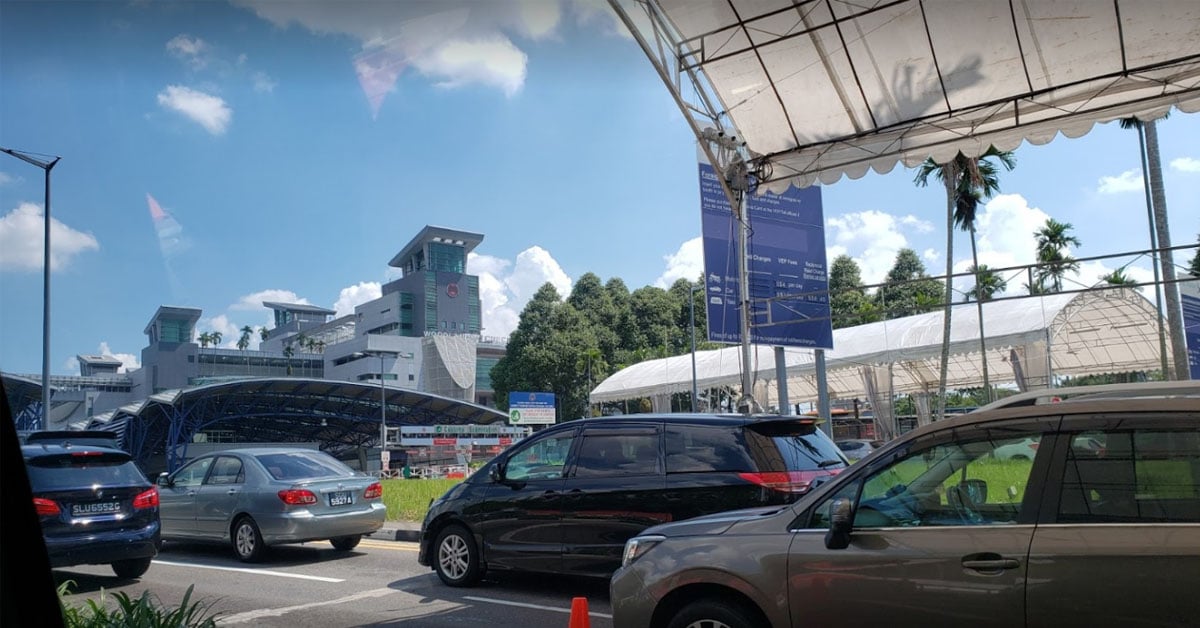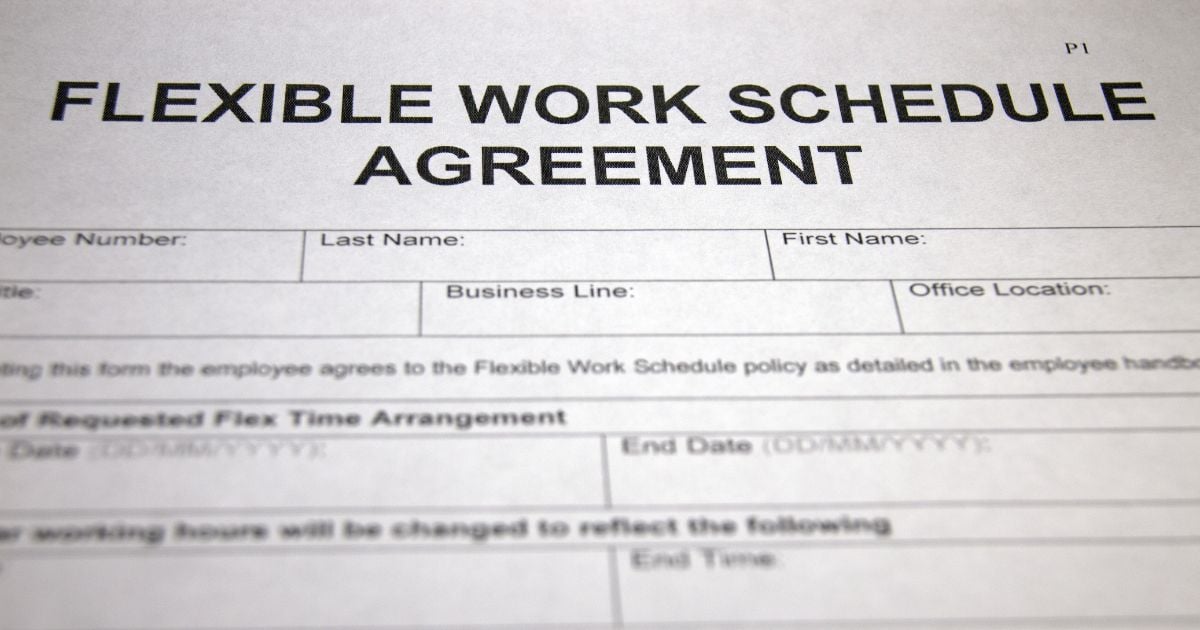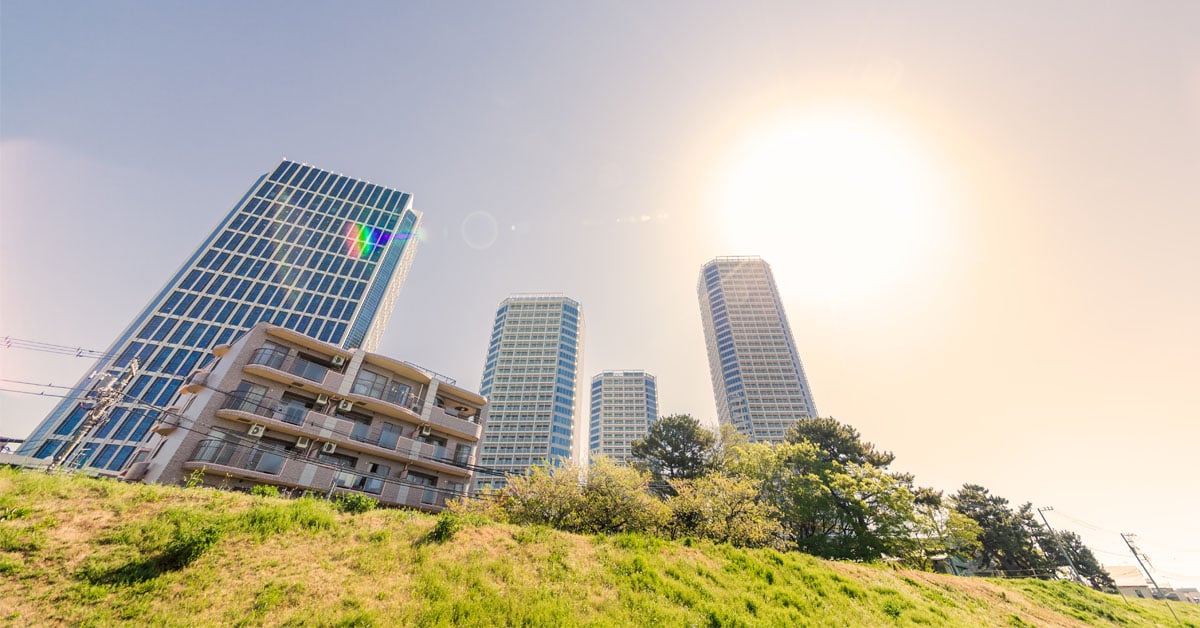Donald Trump might no longer be the president of the United States but his actions during his presidency have far-reaching consequences for the country.
One of which is the Regional Comprehensive Economic Partnership, or more popularly known as, RCEP.
So what is it, and why is it such a momentous thing to have especially during Covid-19?
Here’s everything you need to know about it, simplified for you.
A Long Time In The Making
RCEP might seem like a timely agreement that’s created for Covid-19 but it’s actually been in the works for a long time.
Eight years, to be exact.
First brought up in Nov 2011, negotiations began in 2012 and the agreement was originally supposed to be signed last year, according to Business Standard.
Unfortunately, things were delayed but ultimately, the signing of the agreement signifies a “needed ray of light” amidst the Covid-19 pandemic.
I.e. You can thank Covid-19 for accelerating this, just like WFH arrangements.
Originally comprising 16 countries, India pulled out of the agreement because it was afraid lower tariffs would affect its local producers.
Read: Cheaper Chinese products flooding the India market so much its own local products fall to the sidelines.
The remaining countries in the agreement include 10 Southeast Asia countries, China, New Zealand, Australia, Japan and South Korea.
What is RCEP?
RCEP is, in essence, a mega-scale free trade agreement between many countries.
Removal Of A Range Of Tariffs
Basically, whenever you want to import your products into another country, you need to pay border tax, or tariffs, to get your products into the country.
It’s like Singaporeans visiting the local casinos; before you can even start making money, you need to pay for your entry.
Follow us on Telegram for more informative & easy-to-read articles, or download the Goody Feed app for articles you can’t find on Facebook!
One of the components of RCEP to create an “integrated market” is to remove a range of tariffs (or entry fees) on imported products among the member countries.
But, to say that the RCEP tariffs only is like saying McDonald’s only sells McNuggets.
Rule of Origin
FTAs are complicated matters and businesses which manufacture a product with parts from different areas of the world might still face tariffs when importing into another country its home country supposedly has an FTA with.
For example, let’s take a Singapore business which intends to import light bulbs into India, which it has an agreement with.
If everything was produced in Singapore, there’s no tariff imposed.
However, imagine the business had used filaments from China and metal from the mines of Cambodia, tariffs would be imposed on the product.
For RCEP, parts from any member countries are treated equally.
Advertisements
This means a business looking to make a lightbulb is incentivised to look within the trading bloc to source for materials and avoid tariffs.
And this is only possible because…
RCEP is Huge
Consisting of 15 member countries, the RCEP accounts for almost 29% of the world’s Gross Domestic Product (GDP) and makes up nearly a third of the world’s population.
In fact, it’s the world’s largest FTA, in terms of GDP and, according to Business Standard, could account for 50% of the estimated GDP by 2050.
Why Is RCEP Important?
The Covid-19 pandemic could lead to protectionist measures, i.e. nations closing up to protect their own people at the expense of other countries.
Advertisements
While some powerhouses (*cough*US*cough*) might be able to do that, many other states can’t.
The RCEP basically encourages member countries to trade and source for materials from one another, keeping their economies open and helping them grow.
Why Is RCEP Important For Singapore?
If you remember back to PM Lee’s famous speech before GE2020, he brought up one important point:
Singapore needs investments to survive in the future.
The RCEP opens up the path for Chinese investors, among others, to invest in the region and Singapore has primed itself for a while now to make it a place where people can entrust their regional headquarters to.
And with the various regional markets becoming more of an “integrated market”, chances are, more businesses will be looking to set up an HQ to oversee operations in a region.
Advertisements
As you can probably see from the recent news, a single MNC opening up a regional HQ in Singapore could result in the creation of hundreds of jobs.
But that’s not all.
Market Size
Singapore is considered a well-to-do country but when it comes to market size, we lose out big time.
After all, we only have close to 6 million people.
With the RCEP, the potential market for Singapore businesses to sell to skyrocketed into billions of people.
Advertisements
Remember, the bigger the market, the more room for growth.
What’s Next?
Now that the agreement has been signed, it doesn’t mean that it’s active.
According to CNA, the RCEP will start when six ASEAN countries and 3 non-ASEAN countries have made it officially valid within their countries.
Advertisements
Featured Image: tunasalmon / Shutterstock.com








